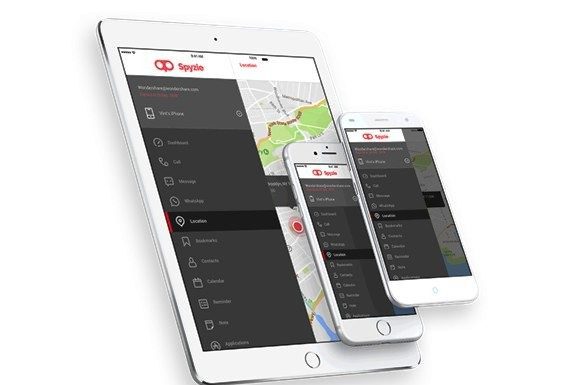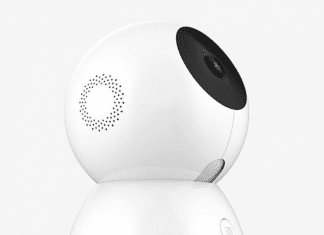The healthcare industry is one of the first to adopt modern technologies that could enhance how doctors and patients communicate, how therapy and treatment are conducted, and so on.
Augmented Reality is one of these technologies that could dramatically change the healthcare industry and bring a lot of valuable benefits.
In this article we will take a look at the following:
- Facts and statistics about AR in healthcare
- How healthcare adopts AR
- How to develop an AR application for healthcare businesses
- Conclusions
Read on to find out why AR is so important for healthcare.
AR Market Statistics
According to Statista, in 2018 the healthcare AR and VR market in North America was worth $477,2 million, and in 2025 it is projected to reach around $4.642,1 million.
This significant increase is attributable to the fact that more and more businesses apply AR for healthcare purposes and see positive effects.
What about Europe?
There is a Horizon 2020 program in the EU that has allocated around $91.51 billion for the next 7 years to spend on research and innovation purposes, which includes the development of the AR healthcare segment as well.
Let’s see how businesses and healthcare facilities use Augmented Reality.
AR Adoption in Healthcare
Despite that we are used to thinking that AR is entertainment technology used mostly for gaming and AR masks in social media, it can actually save lives and help doctors treat patients better.
Here is how.
Augmented Surgery
With AR, doctors can enhance the surgery process and achieve better results: perform safer surgeries with reduced risk.
During the procedure, surgeons can get access to real-time patient-sensitive data on their health and see it with AR glasses. The data includes MRI information, CT scan results, and even body anatomy images.
Without cutting open a body, the surgeon already sees internal organs, bones, and muscles.
AR Diagnostics
Sometimes patients have a hard time describing what they feel and what symptoms bother them. With AR, this process can be simplified.
For example, there is an AR app EyeDecide that simulates how different eyesights conditions impact a person’s vision.
The apps help patients to understand their symptoms better, learn what their condition is, and comprehend the long-term effect of their decisions on their health.
AR Practice
Students need to practice before they are ready to treat real people. During a surgery encounter every small mistake matters, so the more experience the student gets the better.
AR applications allow future doctors to train in the virtual world before practicing on real patients. With AR, it is easy to simulate real-world cases and help students train and learn faster.
AR Guides for New Mothers
Maternity isn’t easy, especially for new mothers. And AR can help them in their hard and important journey.
Using Google Glass mothers can allow their phone counselors to see through their eyes and watch how they breastfeed at home. With this app, mothers can get timely help and even don’t have to put their baby down from their hands.
Sounds promising, right?
But how do all these startups and businesses develop their AR apps? Let’s find out.
How to Develop an AR Application for Healthcare
To develop an AR application, few steps need to be completed.
First, there is a consulting stage.
It usually consists of the following steps:
- Your technology vendor finalizes the concept for your future VR solution with you.
- The assigned development team builds a roadmap of the future development process.
- The team also decides on a preferred technology stack.
- The team builds a plan for software and hardware integration.
After consulting is done, it is time to start the development stage.
It usually consists of:
- Thorough industry research, market analysis, business analysis.
- Building software architecture.
- Creating 3D models and AR experiences.
- Building a thought-out UX and UI design for the solution.
- Building back-end and front-end for the AR solution.
- Testing, bug-fixing, enhancement of functionality.
- Integration between software and hardware components of the solution.
- Software maintenance.
When all these steps are completed, the business is ready to reap the benefits of AR solutions for healthcare.
How Much Does it Cost to Develop an AR App for Healthcare?
Now as you know how the development process goes, it is time to calculate some costs.
It may seem expensive to develop such a solution, but let’s examine this in a piecemeal way.
What factors affect the cost of an AR solution the most:
- How many developers work on it?
- How many features will the solution offer?
- How complex the architecture of the app will be?
- How much content will the solution offer?
- How much will it cost to involve a healthcare professional in content creation?
If we take an average hourly developer rate of $35 for a rough estimate and pretend that we build a simple AR application with one complex experience reviewed by a healthcare professional, it will cost around $25.000 – 35.000.
To Sum Up:
For the majority of countries, the healthcare industry is one of the most important ones. It allows to take care of the citizens properly, increase average living standards as well as average lifespan, treat the ill and keep people healthy.
Bringing new technologies into the healthcare industry is always a beneficial move. For example, the AR disruption has brought such important innovations as virtual surgery assessment and many other handy apps for patients, doctors, and nurses.
Building a healthcare AR app is not only a good investment for your business but also a big contribution to the development of healthcare technologies worldwide.














